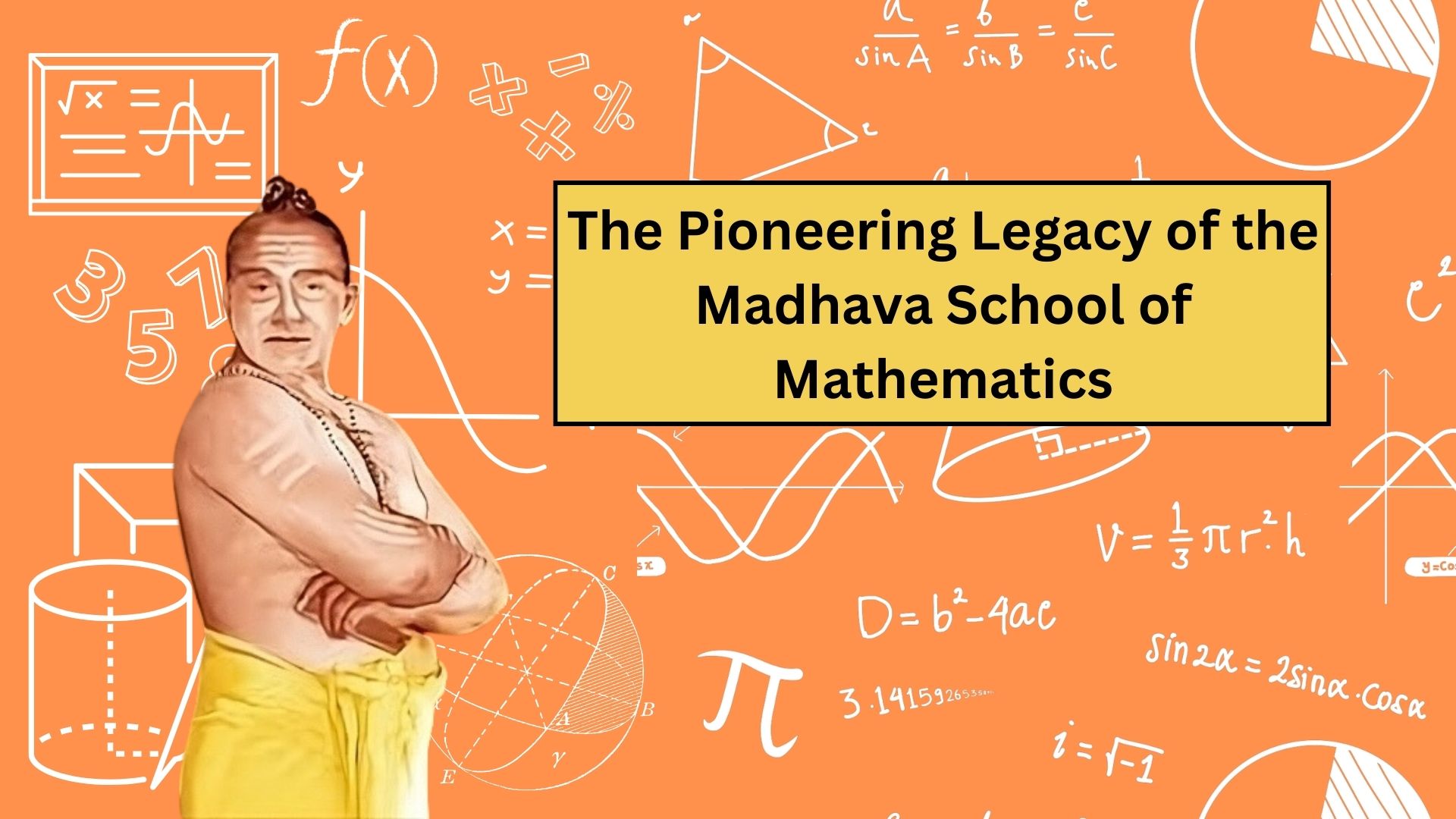
The Madhava School of Mathematics, nestled in the southern Indian state of Kerala, remains an unsung hero in the annals of mathematical history. In a time long before the Western world formalized calculus, Madhava of Sangamagrama and his disciples were already delving into the intricacies of derivatives, integrals, and infinite series. This article explores the remarkable legacy of the Madhava School of Mathematics, which laid the foundation for groundbreaking mathematical concepts.
Madhava of Sangamagrama
The genius behind this mathematical tradition was Madhava of Sangamagrama, who lived during the 14th and 15th centuries. He made significant contributions to various fields, including mathematics and astronomy. Born in a region that would become part of modern-day Kerala, India, Madhava's contributions to mathematics were nothing short of revolutionary. His innovation in calculus-like ideas predated the work of European mathematicians Isaac Newton and Gottfried Wilhelm Leibniz by centuries.
One of his notable contributions is the discovery of the Madhava-Leibniz series, which is an early approximation of the trigonometric function sine using an infinite series. His work on this and other mathematical and astronomical topics was highly influential in the development of mathematics and science in India and world at large.
Infinite Series: The Jewel in the Crown
One of the most celebrated achievements of the Madhava School was the development of infinite series expansions for trigonometric functions, particularly the sine and cosine functions. These are now known as the "Madhava series" or "Kerala school series." These series represented early examples of power series expansions, demonstrating a profound understanding of mathematics.
To give an example, the Madhava series for the sine function is as follows:
sin(x) = x - (x^3/3!) + (x^5/5!) - (x^7/7!) + ...
This series was astonishing in its accuracy and is comparable to modern trigonometric series expansions.
Calculus-Like Techniques
Madhava and his disciples didn't stop at trigonometric series; they explored and developed techniques for finding derivatives and integrals of various functions. They understood the concept of differentiation and integration and used them to study motion and change. Their insights into calculus-like ideas were truly ahead of their time.
Trigonometry and Astronomy
The Madhava School also made significant contributions to trigonometry, including computing trigonometric ratios and utilizing trigonometric identities. These trigonometric advancements were not only valuable in mathematics but also had applications in astronomy. The school's astronomers made accurate observations and developed models for planetary motion, contributing to our understanding of the cosmos.
Legacy and Rediscovery
The mathematical and astronomical works of the Madhava School were primarily written in Sanskrit and remained largely unknown in the Western world until the 19th and 20th centuries. European scholars who rediscovered these ancient texts were astounded by the depth of mathematical knowledge they contained.
The Madhava School of Mathematics, led by the visionary Madhava of Sangamagrama, stands as a testament to the intellectual prowess of ancient India. Their pioneering work in calculus-like concepts, infinite series, and trigonometry predated Western mathematical developments by centuries. The Madhava School's contributions to mathematics and astronomy are an enduring legacy, reminding us of the global reach and timeless nature of mathematical exploration.
NEXT ARTICLE

In the lush, green heart of Kerala lived an elephant who became a living legend - a tale of an elephant turned into a bakth. His name was Keshavan, bu...

Bharat has exploded onto the world scene and made global news with its hard-hitting “Operation Sindoor” that struck at the heart of terrorism and laun...

In the bustling age of global trade, Boston—a thriving port city on America’s eastern coast—stood tall as a beacon of commerce. In the early 18th cent...